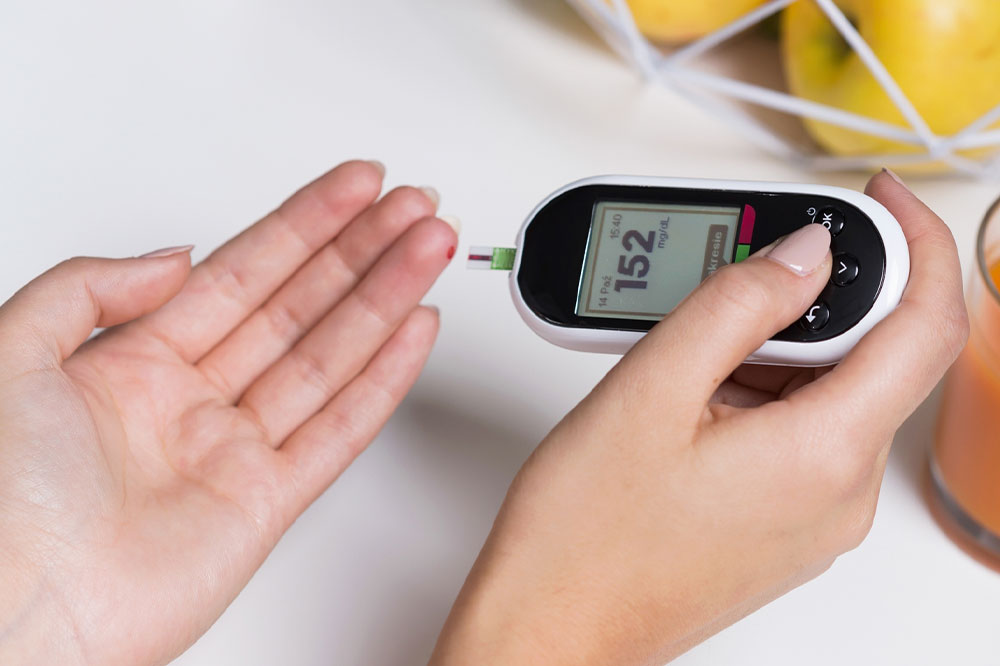Comprehensive Guide to Hyperglycemia and Diabetes: Signs, Causes, and Prevention Strategies
This comprehensive article explores hyperglycemia and diabetes, covering symptoms, causes, types, risk factors, and effective prevention strategies. It emphasizes early detection and lifestyle choices to manage and prevent this widespread metabolic disorder, helping readers better understand how to maintain healthy blood sugar levels and reduce associated health risks.

Comprehensive Guide to Hyperglycemia and Diabetes: Signs, Causes, and Prevention Strategies
Hyperglycemia, characterized by elevated blood sugar levels, is commonly associated with diabetes, a chronic metabolic disease. With over 500 million adults affected worldwide, many cases go unnoticed. Recognizing symptoms and risk factors is crucial for early control. Diabetes impairs the body's ability to regulate blood sugar due to insufficient insulin production or resistance.
What is hyperglycemia and diabetes?
Diabetes is a prevalent condition marked by high blood glucose. After meals, carbohydrates convert to sugar, which enters the bloodstream. The pancreas releases insulin to enable cells to absorb sugar for energy. In diabetes, insulin production or function is disrupted, causing sugar buildup that can lead to serious health issues over time.
Types of diabetes include:
Type 1 Diabetes: An autoimmune disorder where the immune system attacks insulin-producing cells, mainly affecting youth. Approximately 9 million individuals worldwide rely on lifelong insulin therapy for management.
Type 2 Diabetes: The most prevalent form, making up 90-95% of cases. It develops when the body can produce insulin but cannot utilize it effectively, often linked to lifestyle factors and affecting mainly adults.
Gestational Diabetes: Occurs during pregnancy when insulin demands increase, posing risks to mother and baby. It may resolve postpartum but elevates future diabetes risk.
Prediabetes: A warning stage with blood sugar levels higher than normal but below diabetes threshold. Fasting blood glucose between 110-125 mg/dL indicates prediabetes, increasing the likelihood of future diabetes development.
Risk factors include age, genetics, weight, and lifestyle choices. For instance, being over 25, having a family history, sedentary living, and certain health conditions heighten risk for type 2 and gestational diabetes.
Symptoms of type 2 diabetes include:
Excessive thirst and frequent urination
Constant hunger
Fatigue and mood swings
Vision disturbances
Delayed wound healing
Recurrent infections
High ketone levels in urine
Persistently high blood sugar can cause complications like kidney failure, cardiovascular issues, nerve damage, and vision problems. Preventive measures include maintaining a healthy diet and regular physical activity.
Prevention and management tips:
Eat a balanced diet and manage stress effectively
Exercise regularly, aiming for at least 150 minutes weekly
Limit smoking and alcohol consumption
Strategies to keep blood sugar stable:
Choose whole grains instead of refined carbs
Stay well-hydrated, avoiding sugary drinks
Incorporate healthy fats and lean proteins into meals
Reduce red and processed meat intake
If symptoms persist or you're at risk, seek medical advice for personalized care. Early detection and lifestyle modifications can significantly improve health outcomes.


